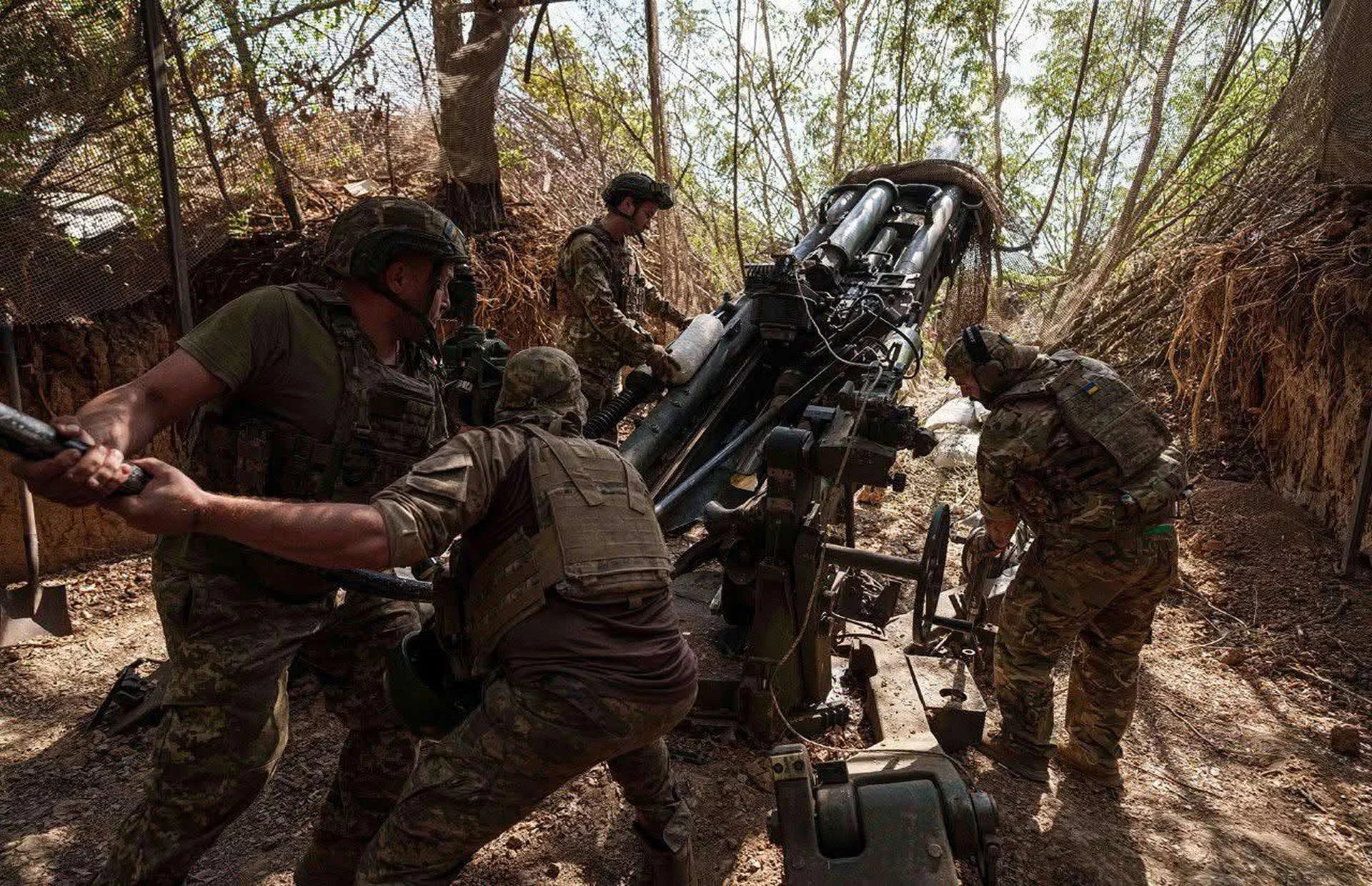In a bold stride toward safeguarding its skies, the Australian Department of Defence (DoD) is rolling out an ambitious counter-unmanned aircraft system (C-UAS) initiative under the Land 156 project, injecting AUD16.9 million (approximately USD11.1 million) into cutting-edge technologies to thwart hostile drones. Announced with great fanfare on July 24, 2025, this multi-faceted plan involves contracts with 11 companies, promising to equip the Australian Defence Force (ADF) with a robust, layered defense network to detect, track, identify, and neutralize small unmanned aerial vehicles (UAVs) that pose growing threats. This move underscores Australia’s commitment to staying ahead in the rapidly evolving realm of aerial warfare, blending innovation with strategic foresight.
A Layered Shield Against Drone Menaces
The Land 156 project is a comprehensive effort to create a distributed C-UAS capability, designed to counter the rising tide of hostile UAVs that have become a staple in modern conflicts. The DoD’s strategy hinges on a multi-tiered approach, integrating advanced threat detectors and associated technologies to build an impenetrable aerial shield. Among the highlights, the DoD plans to procure around 120 cutting-edge threat detectors, a significant step toward enhancing the ADF’s ability to respond to drone incursions with precision and speed. This initiative also lays the groundwork for future expansions, with additional contracts for sensors and a sophisticated command-and-control (C2) system on the horizon, set to be unveiled in the coming months.
At the heart of this endeavor is a strong emphasis on domestic innovation. Five of the 11 contracted companies are Australian-based, a point of pride for Defence Industry Minister Pat Conroy, who highlighted the nation’s growing prowess in defense technology. Among these homegrown champions is DroneShield, a leader in anti-drone solutions, contributing its renowned DroneGun Mk4 and RfPatrol systems. These devices are engineered to jam and disable UAVs, offering a frontline defense against unauthorized aerial activities.
A Collaborative Defense Ecosystem
While the DoD has kept the full list of contracted companies under wraps, an Australian media report has shed light on the likely players. Alongside DroneShield, the roster is said to include Axon Public Safety Australia, CACI, EPE, HIFraser, HighCom Technology, KeyOptions, Pioneer Computers Dream Industrial, Precision Technic Defence, SouthTech Systems, and Steelrock Technologies. This diverse coalition brings together a wealth of expertise, from electronic warfare specialists to logistics innovators, ensuring a holistic approach to C-UAS development. Although the DoD had not confirmed these names to Janes at the time of publication, the inclusion of such a broad spectrum of firms signals a collaborative push to maximize technological diversity and resilience.
The DroneGun Mk4, a standout in DroneShield’s arsenal, is a portable, rifle-shaped jammer capable of disrupting drone communications and navigation systems from distances of up to 2 kilometers. Paired with the RfPatrol, a handheld detection device that identifies UAV signals in real-time, this duo forms a dynamic defense pair. Other contracted technologies are expected to include a mix of radar systems, electronic countermeasures, and possibly kinetic interceptors, creating a layered defense that can adapt to various threat scenarios.
Strategic Implications and Future Growth
This investment comes at a critical time as drones—both commercial and militarized—proliferate globally, posing risks to military bases, critical infrastructure, and public safety. The ADF’s need for a robust C-UAS capability has been amplified by international examples, such as Ukraine’s ongoing defense against Russian drone swarms. Australia’s geographic isolation, while a natural advantage, also makes it vulnerable to asymmetric threats, including smuggling or surveillance by hostile actors using UAVs. The Land 156 project addresses these concerns head-on, ensuring the ADF can maintain air superiority and protect national interests.
The AUD16.9 million allocation is just the beginning. The DoD’s promise of additional contracts signals a long-term commitment to evolving the C-UAS framework. The forthcoming C2 capability will serve as the nervous system of this defense network, enabling seamless coordination between detectors, jammers, and response units. This integrated approach could set a global benchmark for counter-drone strategies, positioning Australia as a leader in the field.
Economic and Technological Boost
The emphasis on domestic companies like DroneShield not only strengthens national security but also fuels economic growth. These contracts are expected to create jobs, spur research and development, and enhance Australia’s defense industrial base. For DroneShield, this deal is a validation of its innovative edge, potentially opening doors to international markets. The involvement of other local firms further diversifies the supply chain, reducing reliance on foreign technology and fostering self-reliance in critical defense sectors.
Challenges and the Road Ahead
While the initiative is promising, challenges loom. Integrating diverse technologies from multiple vendors requires meticulous coordination to avoid compatibility issues. The evolving nature of UAV threats—such as drones with hardened electronics or autonomous navigation—demands constant upgrades and adaptability. Moreover, the DoD’s decision to withhold the full company list has sparked curiosity, with stakeholders eager for clarity on the project’s scope. As negotiations and testing progress, the ADF will need to balance rapid deployment with thorough validation to ensure operational success.
Deliveries under the initial contracts are expected to commence in late 2025, with full implementation targeted for 2027. This timeline aligns with the ADF’s broader modernization goals, including enhancements to its joint strike capabilities and cyber defenses. As Australia fortifies its skies, the world watches closely, anticipating how this pioneering project will shape the future of aerial security.
Stay tuned as Australia’s drone defense revolution takes flight, turning the Land 156 project into a beacon of innovation and resilience!




